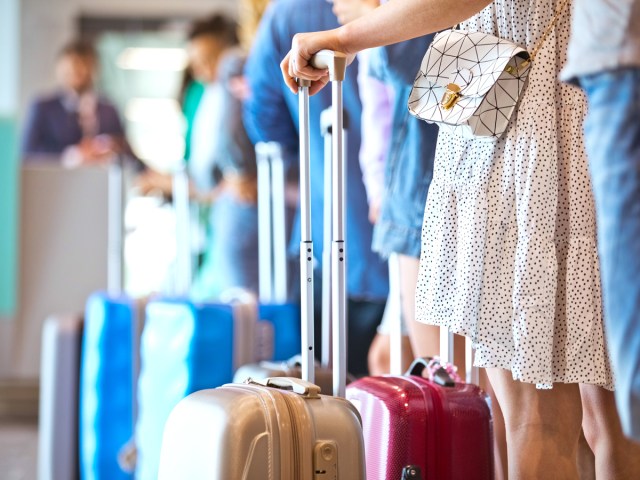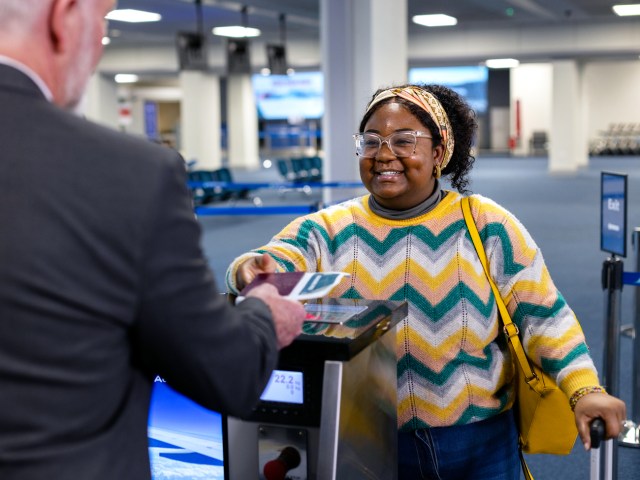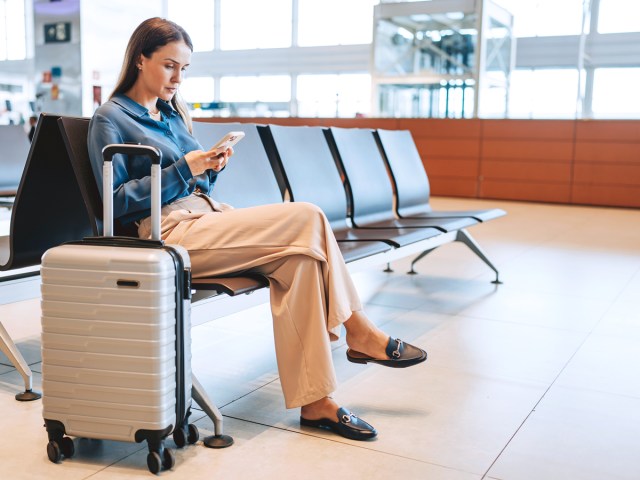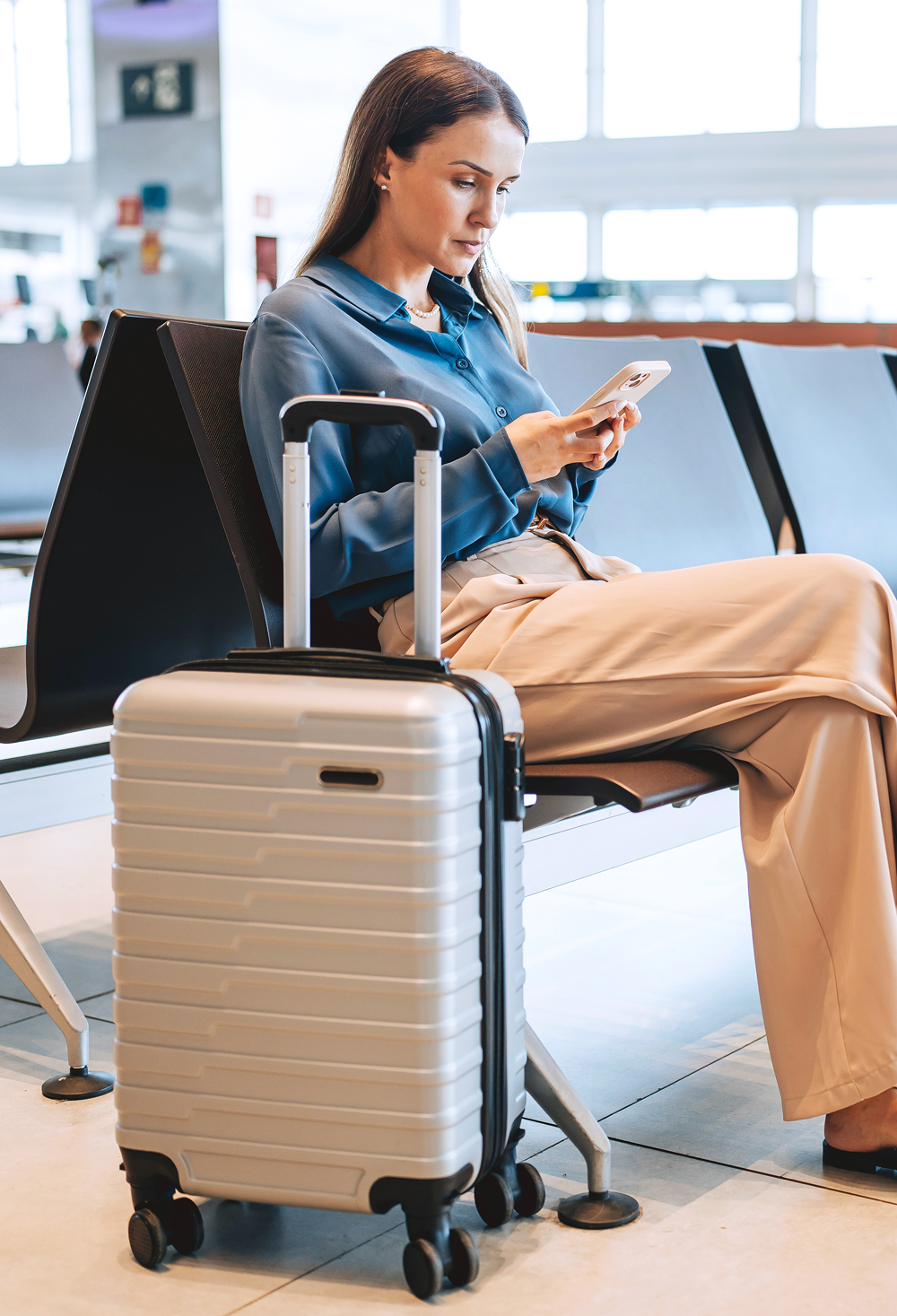Picture this scenario: It’s your last day of vacation and you planned to make the most of it, so you booked a flight home at 9 p.m. But despite your best intentions, by lunchtime you’re just ready to get home. So, you decide to head to the airport with hopes of catching an earlier flight. Chances are, you’ll be joining what’s called the “standby list” — here’s everything you need to know about how it works and how to take advantage of flying standby on your next trip.
What Is Flying Standby?

Essentially, flying standby means that you don’t have a confirmed seat assignment on a flight. A passenger who joins the standby list could — like in the scenario above — have a confirmed ticket on a later flight that day, but they’re looking to catch an earlier flight. Or they could have missed their earlier flight (or been booked on a flight that was canceled or delayed) and they’re hoping for a seat on the next available flight out.
Many airline employees (and often their relatives) also have standby privileges as part of their benefits. For a deeply discounted price, they can hop on any flight they want as long as there’s a seat available. However, this type of standby isn’t available to the general public.
The term “flying standby” has changed in meaning over the years. In the past, passengers could simply show up at the airport without a ticket and hope to score a “standby” ticket on a flight with open seats, often at a significant discount. Nowadays, passengers need a confirmed ticket to fly standby — it essentially means they’re looking to exchange it for a different flight the same day.
How Does Flying Standby Work?

Most U.S. airlines offer travelers the option to make same-day changes. These are different from regular ticket changes because they can only be made on the day of travel. Rules vary by airline, but usually passengers are eligible to make these changes exactly 24 hours before their original scheduled departure time. This option gives travelers more flexibility on the day of travel — instead of having to pay for a more expensive last-minute fare, they can switch to another flight for a modest fee, or sometimes for no charge at all.
Same-day changes fall into two categories: same-day confirmed or same-day standby. With confirmed changes, a passenger is able to exchange their ticket for a flight the same day and get a confirmed seat assignment right away, either by speaking with a reservations agent on the phone or at the airport, or by using the airline’s website or app. (Again, rules vary by airline, so be sure to check your airline’s policy.)
If a confirmed seat isn’t available, the passenger will usually have the option of same-day standby. This might be because the flight the passenger wants to take is full. But if there are any last-minute no-shows or passengers who miss their connections, the airline will assign any open seats to those flying standby. In other cases, airlines might hold back a certain number of seats for lucrative last-minute fares, but if they don’t sell, the airline will give them away to passengers on the standby list.
How Much Does It Cost To Fly Standby?

Many U.S. airlines charge a fee for the peace of mind that comes with a confirmed same-day change (typically between $50 and $75, but often waived for those with elite status in an airline’s frequent flyer program). For same-day confirmed changes, passengers will get a confirmed seat assignment right away. If that option isn’t available, however, passengers can choose to join the standby list.
For example, as of late 2024, United lets you join the standby list for free, but no more than 24 hours before departure of your original flight, and you must be flying to and from the same airport. If any seats become available, they’ll be assigned to those waiting on the standby list free of charge. As on many airlines, the standby list has a specific priority order — elite members, for example, will jump to the front of the queue, while those without elite status will be prioritized after them based on the time they request to join the list.
With American, same-day standby is also free, but you need to be a member of the airline’s frequent flyer program, and it’s only available when flying in the U.S., Puerto Rico, or the Virgin Islands. Similarly, Delta’s standby offering is free but available only in those same regions. Southwest, on the other hand, offers free same-day standby on all flights.
Some airlines, like Alaska Airlines, offer same-day standby on a limited number of routes or ticket types. Otherwise, the only option is to make confirmed changes for a fee of $50 ($25 within California), if available. On JetBlue, both same-day confirmed and same-day standby changes cost $75, though the fee is waived for elite members.
It’s important to note, too, that some fares may have restrictions when it comes to same-day changes. Usually, basic economy tickets are not eligible for this option. But if your ticket is eligible, flying standby could save you a considerable amount when your plans change last-minute on the day of travel.
More from our network
Daily Passport is part of Inbox Studio, which publishes content that uplifts, informs, and inspires.
















